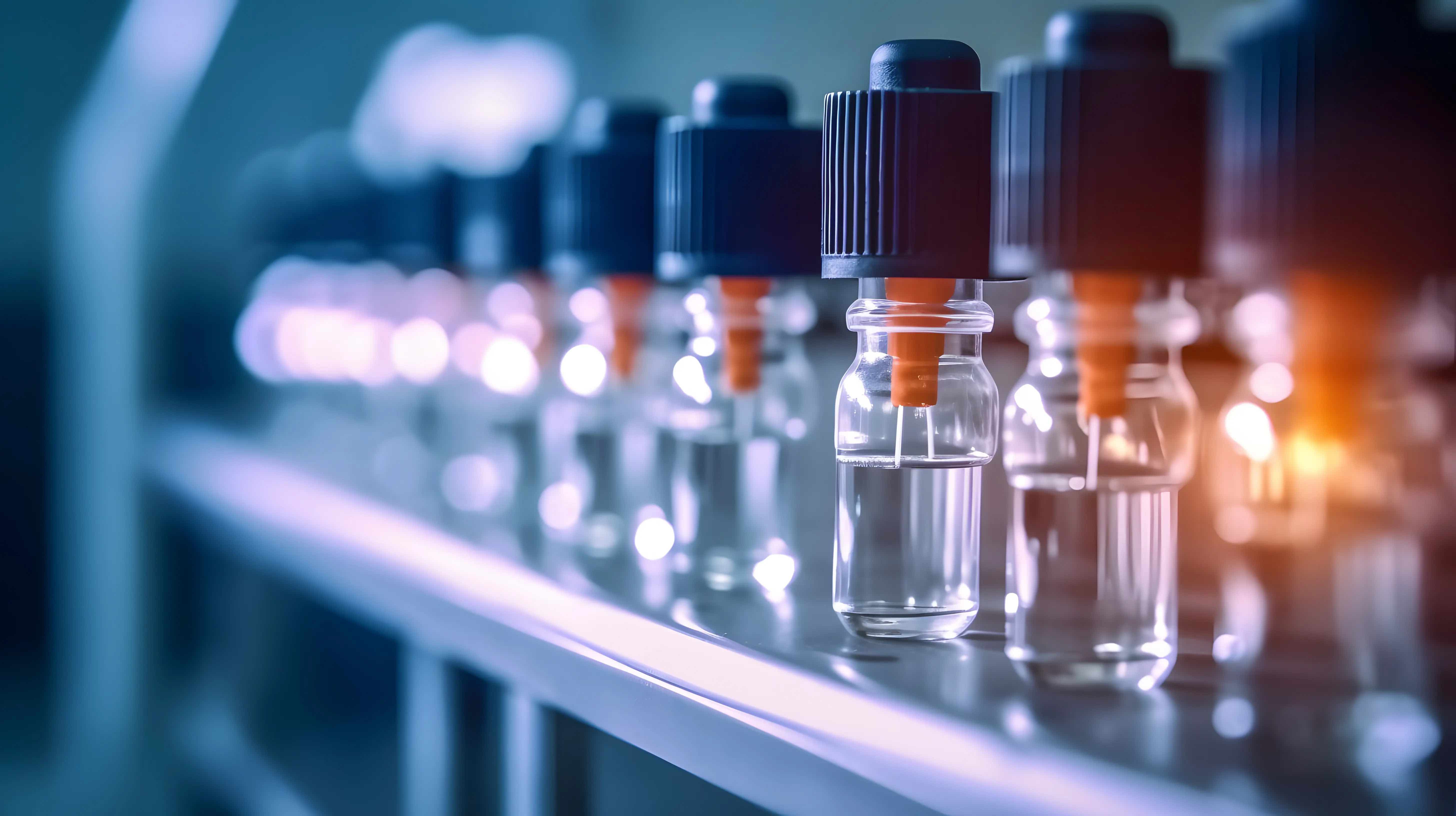Article
The Role of APs in Integrating Biosimilars in Oncology Practice
Author(s):
Advanced practitioners (APs) have a role to play in strategies for integrating biosimilars into clinical practice.
With lower costs and equivalent safety and efficacy, biosimilars are an increasingly attractive therapeutic option for practices and health systems, but integrating biosimilars into clinical practice requires a “deliberate and coordinated effort” through the use of advanced practitioners (APs), including pharmacists, according to a paper published in Journal of the Advanced Practitioner in Oncology.
APs, particularly pharmacists, are well positioned to take the lead when it comes to introducing biosimilars in oncology practice, wrote the authors, who undertook a review to highlight strategies that allow APs to position biosimilars as a treatment option.
“Collectively, the efforts of APs can advance the type of clinical management and informed decision-making that facilitates effective communications with patients and/or their caregivers, to empower and reassure them about biosimilars,” they explained.
The basis of any conversation regarding biosimilars and their reference products needs to be backed by a strong understanding of biosimilars. A 2019 survey of oncology clinicians found 74% could not satisfactorily define a biosimilar, and they incorrectly equated a biosimilar with a generic drug.
Using those results as a basis, the authors highlighted some key biosimilar concepts that will help APs optimize management of their patients’ health care.
Biosimilars are not generics. Generics are chemically exact copes of brand name medications, but biosimilars and biologics originate from living cells. As a result, minor differences that are not clinically meaningful and do not impact the efficacy, safety, or immunogenicity of the therapy are acceptable.
Favorable risk-benefit profile. Once biosimilars are shown to be highly similar in terms of safety and efficacy, they can go through a shorter clinical program than that of a novel biologic. The biosimilar program usually includes pharmacokinetic and pharmacodynamic evaluations plus a study to confirm biosimilarity to the reference product.
History of biosimilars. Biosimilars are not too new. The first one to be approved by the European Medicines Agency was somatropin in 2006 and the first FDA-approved biosimilar in the United States was filgrastim-sndz in 2015. The emergence of monoclonal antibody biosimilars creates some new challenges
Understand the patient. APs will be able to bridge the gap between “the art and science of their profession.” They need to be able to know patient awareness of biosimilars and address their concerns and knowledge gaps. Patients with a new cancer diagnosis might find it overwhelming to hear about biosimilars for the first time shortly after diagnosis while those on chronic therapy could be hesitant to switch to a biosimilar if they feel like the reference product has been safe and effective.
While high cost of treatments, especially in cancer, is a major concern for patients, the lower cost of biosimilars may trigger patient skepticism, the authors wrote. For instance, patients may feel that a lower cost means an inferior product and negative expectations could create a nocebo effect.
“Failing to address the potential for cost-related concerns early on could, for some patients, foster an anxiety-driven internal monologue that reduces their receptivity to the education that follows,” they wrote.
Strategies to integrate biosimilars. Education can influence perceptions about biosimilars, and APs and physicians are considered a primary source of information for patients. Education about biosimilars should be delivered alongside education of other oncology therapeutics, and the information being delivered should be consistent across the multidisciplinary team. A key piece of information at the start is that the biosimilar is FDA approved and is clinically equivalent to the best treatment option, followed by the fact that there are potential cost savings.
“Patients’ acceptance of biosimilars as a safe and effective treatment will largely depend on how confidently the rationale for prescribing them is communicated, how streamlined the education they receive on biosimilars is, and ultimately how well they perceive their needs for receiving quality care are being met,” the authors concluded.
Reference
Mayden KD, Kelton JM, Ryan JC, McBride A. Practical strategies for advanced practitioners streamlining the integration of oncology biosimilar therapies into practice. J Adv Pract Oncol. 2022;13(4):417-439. doi:10.6004/jadpro.2022.13.4.5















